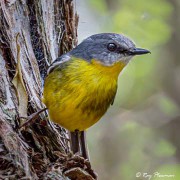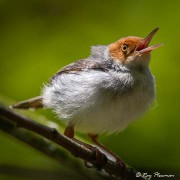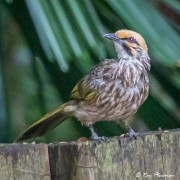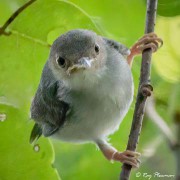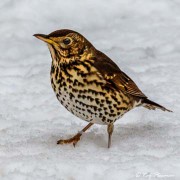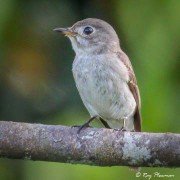Passerida Photo Albums I
The first of two album pages provide links to galleries that display images of Passerida placed in Passeriformes, see Taxonomy note below. I photographed these birds in various natural habitats. In each photo album, one or more galleries feature portraits of individual species that may include male, female, juvenile or immature birds. For some species, supplementary galleries display behaviours such as hunting, nesting, feeding, and mating.
Basal Passerida and Paroidea
Sylvioidea
Muscicapoidea and Allies
Passerida Taxonomy
To help the presentation of my Passeriformes photo album collections, I adopt the high-level Passerida taxonomy given in J Boyd’s Taxonomy in Flux Checklist. This approach involves moving some families to the basal/core groups and others to new and extant superfamilies.
The figure shows a simplified taxonomy family tree relevant to the Passerida photo albums. As shown in the family tree Corvida is the sister group of Passerida.
The first Passerida photo album contains Basal Passerida that comprises several groups that branch off Passeri before the Passerida together with the following core superfamilies:
(a) Paroidea,
(b) Sylvioidea, includes families moved from Passeroidea together with many existing families from the Sibley and Monroe checklist,
(c) Muscicapoidea and Allies (such as Certhioidea).
Note that Sibley and Ahlquist Taxonomy divides Passerida into three superfamilies: Sylvioidea, Muscicapoidea, and Passeroidea.
